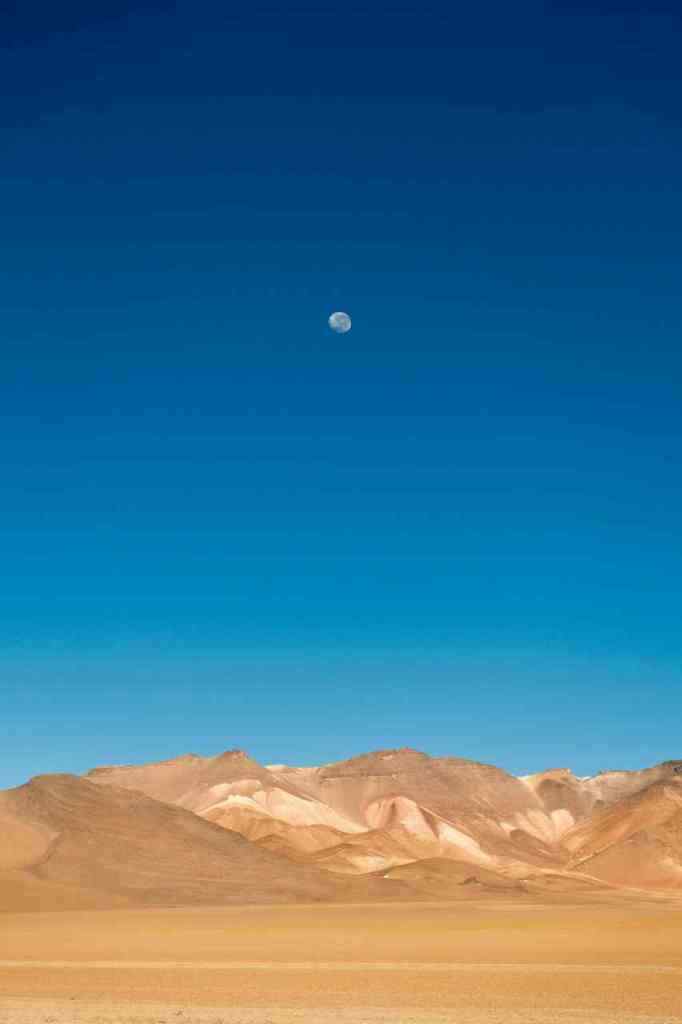The Mystery of the Moon’s Swirls – Update
We all know what the Moon looks like, right? A big, grey, cratered space rock. And while that’s not wrong, it’s kinda like saying pizza is just dough and sauce. Sure, those are the basics, but what about the *good stuff*? The Moon, my friends, has some seriously cool secrets, and one of the most head-scratching is the mystery of the lunar swirls.
The Lowdown on Lunar Swirls: What’s the Big Deal?
Imagine looking at the Moon and seeing these bright, swirly patterns scattered across its surface. They almost look like someone took a cosmic paintbrush and went, “Woohoo, abstract art time!” These, my friends, are lunar swirls, and they’ve been puzzling scientists since, like, forever – or at least since the seventeenth century when they were first observed. Talk about a long-standing mystery, am I right?
Reiner Gamma: The Poster Child for Lunar Weirdness
If you want to see a lunar swirl in all its glory, Reiner Gamma is your go-to. It’s one of the most famous swirls, hanging out on the Moon’s Oceanus Procellarum (that’s “Ocean of Storms” for us non-Latin speakers). And guess what? Even with centuries of staring through telescopes and sending spacecraft to orbit the Moon, we still don’t know for sure how these swirls form. Talk about a cosmic cold case!
But hold up, there might be a new lead. A recent study has thrown its hat into the ring with a possible explanation. Could this be the break we’ve been waiting for? Buckle up, because things are about to get interesting.
The Moon’s Sunscreen Situation: Spoiler Alert, It’s Nonexistent
Here on Earth, we’re pretty lucky. We’ve got this awesome magnetic field that acts like cosmic sunscreen, shielding us from the Sun’s constant barrage of charged particles (you know, the solar wind). The Moon, unfortunately, didn’t get that memo. No global magnetic field for this lunar buddy, which means its surface is basically a solar wind free-for-all. And let me tell you, the solar wind is not exactly kind to its complexion. Over time, all those charged particles cause chemical reactions that darken the lunar surface. It’s like a super slow-motion sunburn, but for rocks.
